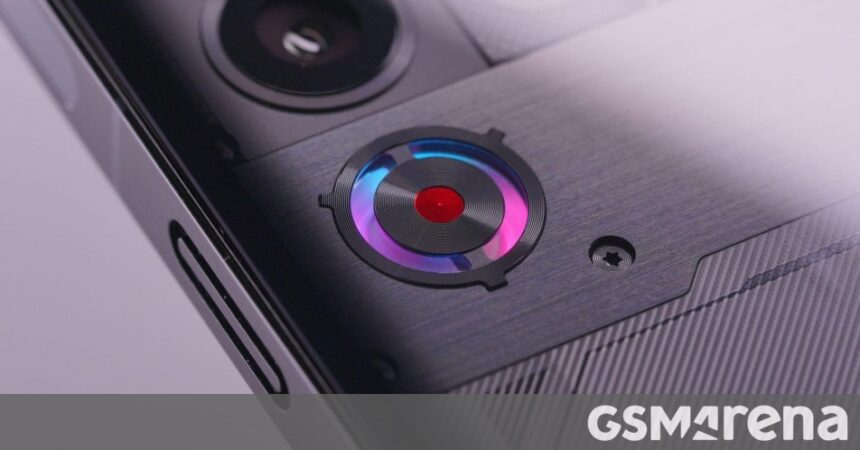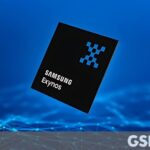The Redmagic 10S Pro is a mid-season upgrade of A10 Pro. The phone came as the first Snapdragon 8 elite devices at the end of last year and was the first to use liquid metal to improve cooling. Since then the company has had time to improve its setup.
The “leading version” of Snapdragon 8 Allight is now available, which overclocks the CPU and GPU. Two Orion Prime Cores now run at 47.4747 GHz, which is over 32.321 GHz on the original model, with six exhibitions stopped. Also, Adreno 830 GPU now runs from 1.1GHz to 1.2GHz.






Redmagic 10S Pro in Nightf All L, Moonlight and Evening
There are other changes – the RAM (up to 24GB) is now the LPDDR5T, providing more bandwidth than the LPDDR5X used in 10 pro. Storage is up to 1 TB UFS 4.1 Pro.
Operation
We have tested the Redmagic 10S Pro with and without its cooling fan to see how much it is. Let’s take a look at the first display – note that the fan really doesn’t really do much for the peak performance, it is mostly about continuous performance, which is coming to the next chapter.
With the Prime CPU Core Higher Watch Clock, the 10S Pro Gickbench edges ahead of the 10 pro in a single-threaded test and is ahead of a pack of Snapdragon 8 Elite and Dementia 9400 power phones. However, once two prime cores will have to share the power budget with six performances cores, even items with the original model. There are still applications that do heavy single-threaded tasks, they should see a small bump. Optim ptimized applications and games will not show great advantage.
GPU Overclock has a big impact for gaming and 10S Pro has helped open the lead on rival devices in the Wildlife Extreme Benchmark. He will translate to high FPS in games that did not hit the refresh rate cap and more stable gameplay in games.
Surprisingly, the Redmagic Solar does not do so much on the two tests, 3 Dimark’s Ray tracing benchmark. 10S posts a higher score than 10 Pro, but neither matches other Snapdragon 8 Allight and Dementia 9400 phones.
Antutu is a complete system test, so it tests additional components such as RAM and storage bandwidth. Shows a small but significant improvement on 10S Pro 10 Pro.
Stability
With the original 10 Pro, redmagic added liquid metal – this is an alloy that melts at a very low temperature and has a very high thermal conductivity. It is used in gaming PCs and laptops as it performs better than a typical thermal compound.
The Redmagic 10S Pro has 36 mm liquid metal in direct contact with the chip (30% more than 10 Pro). It guides heat in the 12,000mm steam chamber that spreads heat around. But the phone doesn’t just rely on idle cooling – it can, but for gaming you can enable 23,000 rpm fans.

A cooling setup of Redmagic 10S Pro
The fan sucks in the cool air from the outside, pulls it on the phone over the chipset and now throws the hot air to the other side. In our Redmagic 10 Pro review we noticed that this system was not as effective as it is on the previous pay -generations. Let’s see if the pure cooling system does better on 10S Pro.
Unfortunately, the CPU still does very heavy throttles – below the top 56% with the fan, compared to 54% with the fan (at 10 Pro it was 57% and 54% respectively). However, the fan facilitates some bumps in the chart.


CPU stability test: fan • fan turned on
Moving towards GPU and the results are not better. The Wildlife Extreme Test has a stability registered by 3 Dimarks within the margin of error, as is the display – the best and the lowest score of the test.




GPU stability test: fan • fan turned on
Does the fan really do anything? Really does it – here is a look through a thermal camera showing the phone under the load. You can see the hot air coming out of the phone heating the desk below (the camera can’t only see the air, apparently).

Redmagic 10S Pro in thermal vision
The Redmagic 10S Pro is a very fast phone – display is not an issue. However, the active cooling system will not bring about the extra cost and complications associated with it (eg basic water resistance).






